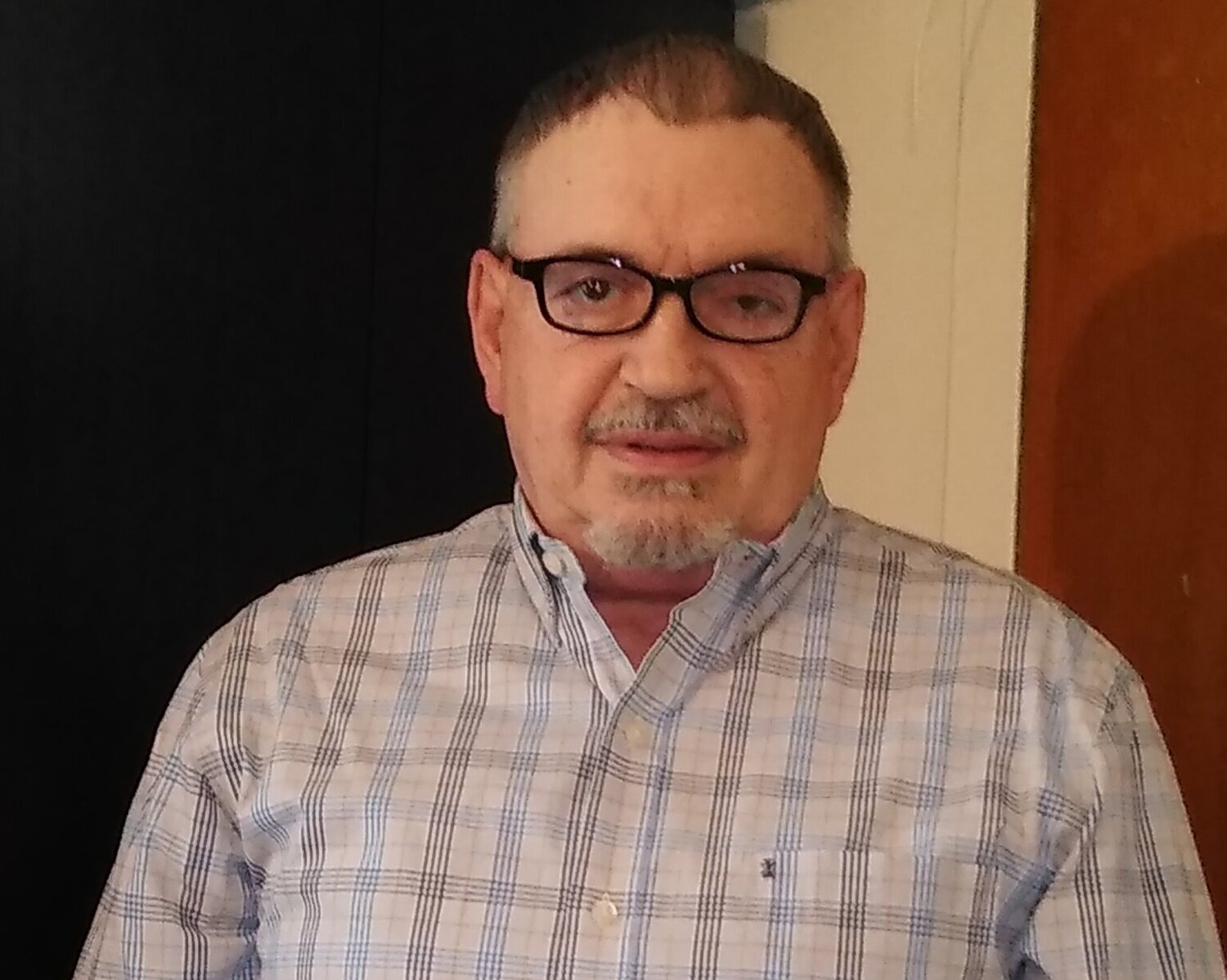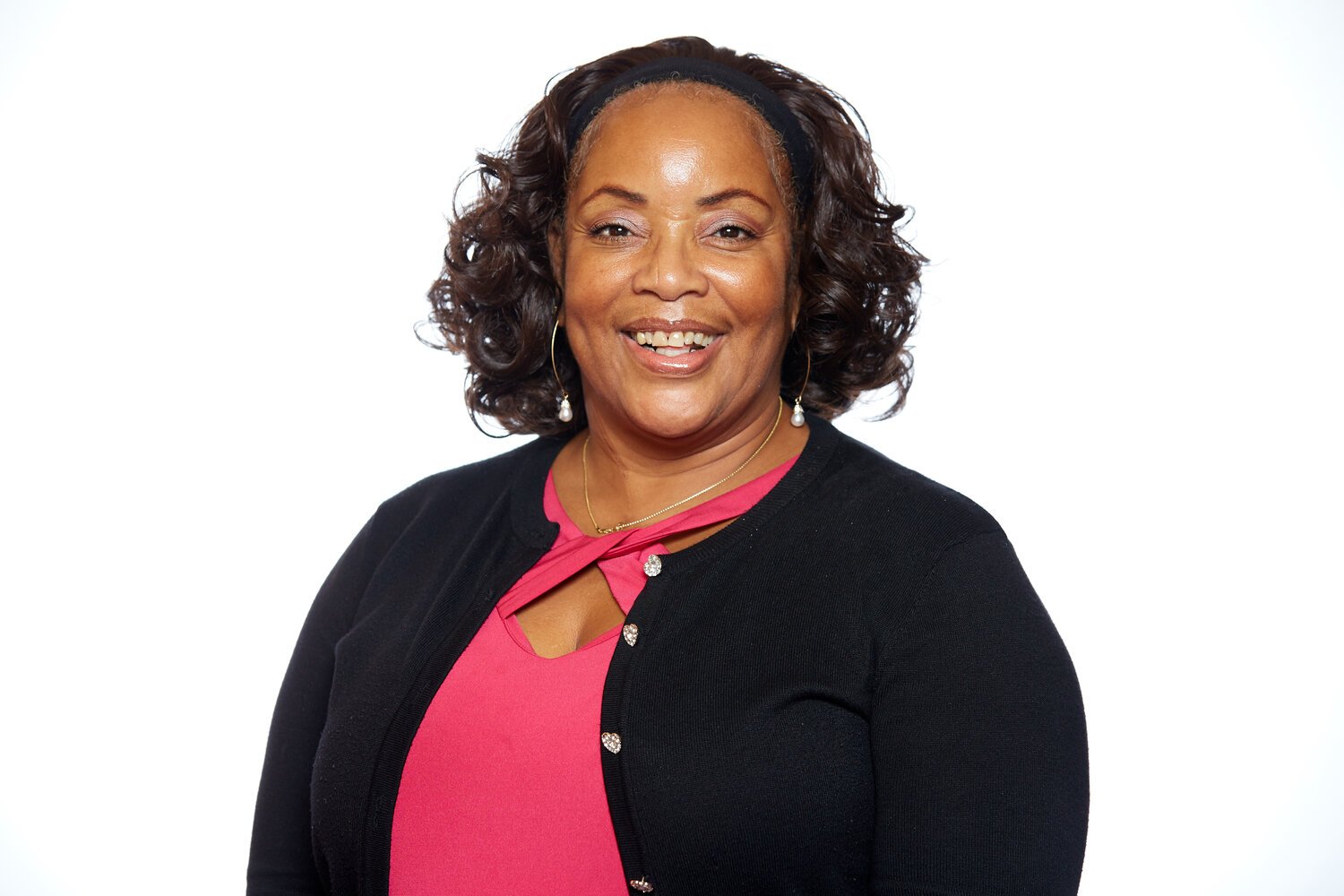1. Tell us a little about yourself, who you are, what you do, and what you brought you to Alliance?
My name is Lillian Anglada, and I am President of the Consumer Advisory Council (CAC). I acquired HIV in 1986, was diagnosed in 1989—just a year after getting married. I was given two years to live from my doctors. I made it past those two years, and went on to volunteer for Peter Krueger Clinic as a data entry specialist. While there, I saw a flyer for a health fair called Loved in the Time of AIDS put on by a collaboration of HIV agencies to bring the education to the streets where families hang out (like the East River Park Health Fair). I picked up a brochure to what was then the AIDS Service Center of Lower Manhattan (ASCNYC) now The Alliance for Positive Change.
I came aboard at ASCNYC in October 1992 and graduated in January 1993 from the Peer Leadership Training Program. The staff was small, but attentive to my needs. The intensity of the 8-week training program gave me knowledge about HIV and what I could expect from the virus. There were only 12 of us in my class, and I am the only survivor, by the grace of God.
After graduating, for two years I served as a Peer Educator at Alliance’s drop-in center on the Lower East Side, which would eventually be named after me, now Alliance’s Luis & Lillian Outreach Center at P.S. 122 Cultural Center on 9th street and First Avenue in Manhattan. It was named in memory of Luis, my mentor and a staff member at Alliance, who died two days after I was released from the hospital.
2. Tell me about your program/service and what problem it solves.
As of 2001, I was honored to become the President of the Consumer Advisory Council (CAC) of The Alliance for Positive Change. Its mission and purpose is to create a partnership amongst clients, also known as consumers, providers, and community members that strives to raise Alliance’s programs to a higher level of excellence. In addition, we look to ensure that services to people with HIV/AIDS are never interrupted and always perfected. Moreover, it is a mechanism for accountability.
3. Tell us about specific people you’ve helped within your program.
In 1993, Luis (former staff member at Alliance) and I created a woman’s group comprised of solely HIV+ women who felt broken and needed to gain the hope to regain control of their life at PS 122. In the process, I taught meditation, safe sex, and various other topics. Ultimately, the group gave me a gift: meeting peers, who would eventually become my new family. Before meeting these peers, I did not know about hugs, tears, kisses, and how to say I love you—all of which I did not do at home. Hearing these women’s testimonies have taught me to be humble, empathetic, and to listen to other people’s experiences. With my being given two years to live, I could identify with these other women. Life has no guarantee.
4. What was their life like before they began the program
They had no HOPE!
5. What was the biggest challenge they were facing?
They were in denial about their HIV status.
6. How have you helped them?
I helped my peers find a solution for all types of situations. While I got involved in a struggle to save a village, I ended up saving a community. Helping my peers has given me the capacity to continue to fight. I have firsthand experience and I share my story in order to help them and mentor them.
7. Is there any moment that sticks out to you from your time at Alliance?
There was this lady on the train, soiled and uncomfortable. My head said leave her alone, but my heart said help her. I told her to get off at 35th Street with me. I went into our Wonderful Wearables clothing room, and helped get her a coat, clothes, and shoes. From there, we went downstairs and washed her up. She thought I would be disgusted by her. But I was not raised that way. I take pride in my ability to be able to go above and beyond. She came back to become a client, and get help with her mental health. I didn't have pity for her, I had empathy for her.
8. Is there an achievement or contribution to this program you are particularly proud of?
I started “Life Affirming” events in 1995 with the support and in collaboration with Alliance. Thanks to them, I have always been able to do my Life Affirming events like Mother’s Day of Pampering serving 50-100 mothers and daughters, Thanksgiving dinner, the Annual Dinner Dance, and Holiday dinner dance (serving around 400-500 clients and peers).
I am also proud of becoming CAC president, learning about policies changes, and helping the community adapt to change.
9. If you could do anything in addition to what you are doing now, what would it be?
During the pandemic, I taught myself to sew and have donated over 200 masks.
In addition, my daughter says I am crazy, but I would love to be a part of the solution for homelessness. I envision creating building and floor plans.
10. Is there another question that I have not asked you that I should?
What Is my message to the community?
You can do anything with an HIV diagnosis, it is not a life sentence!
Also, since 2003, I created a community-based organization called Caring Hands for Positive Woman, Inc. focused on women of color. It delivers prevention and education in East Harlem, NYC. Our mission is to develop cultural, grassroots trainings that aim to reduce the rate of health disparities among minority young women of color. We hope to help them receive medical and educational services. By empowering, educating, and providing leadership and advocacy trainings, we will enable these women to make healthier decisions for themselves and their families.








